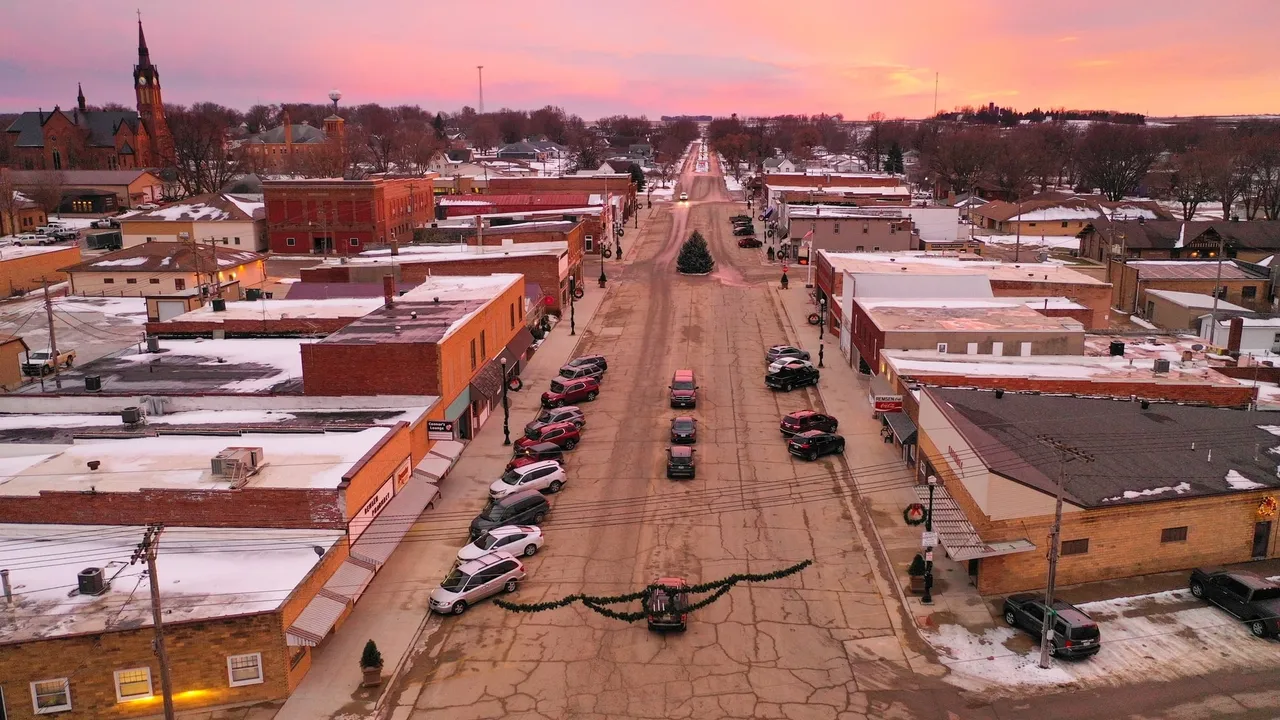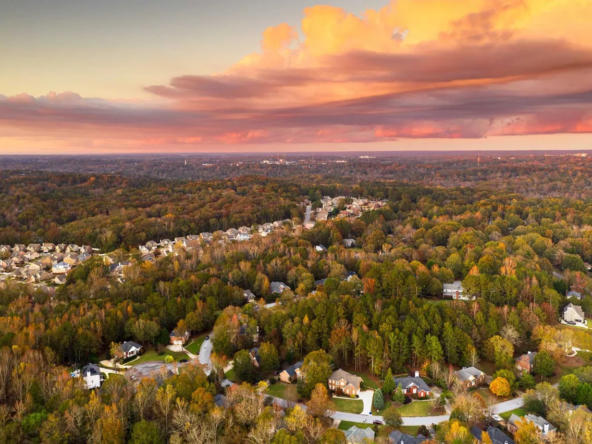Several years back, I published an article on my blog titled “The Expanding Small(er) Markets of Southwestern Ontario”, in which I did my best to counter a prevailing narrative at the time that small towns in Ontario were slowly dying out. While it’s true that population growth in ‘census metropolitan areas’ (as Statistics Canada refers to larger urban areas) has generally outpaced growth in smaller rural regions over the past five years, the rate of growth in the bedroom communities which surround our part of the province has only been gaining speed of late.
In fact, according to reports recently published by Stats Can, the total population of the Kitchener-Waterloo-Cambridge census area grew by two full percentage points in just one year between July 1, 2019 and July 1, 2020. This rate is tied nationally only by Halifax and exceeded by only Oshawa. This dramatic increase in people who by necessity will be entering the housing market is fueled by two major factors which I will outline below. It’s also leading to major ripple effects on the smaller housing markets which surround our region.
Last time around, I waxed somewhat poetically about the beauty of Waterloo-Wellington, something that many of we who live here probably take for granted. Fertile farmland, relative security from natural disasters, proximity to major economic hubs and to the United States are all certainly major advantages of settling down to a lifestyle here. But as real estate markets have continued to experience unprecedented surges in average sale prices across all types of properties, the goal of home ownership has, unfortunately for many of those who are seeking to enter the market, become harder and harder to afford.
Rising prices in major urban centres over the past several years, specifically in key hubs of the GTA, pushed many prospective buyers to cast their nets further out – leading to increased competition among buyers and sale price increases in markets such as Guelph and Kitchener-Waterloo. This phenomenon is by now nothing new to Realtors operating in Southwestern Ontario markets, but 2020 introduced a new and totally unanticipated force which only added fuel to the fire: COVID-19.
I know everyone’s probably sick and tired of COVID being utilized as a rationalization for every change in behaviour under the sun this past year, but it’s hard to understate the effect it’s having on residential real estate markets in the smaller communities of our region – especially when combined with the existing upward pressure on prices caused by the influx of out-of-market buyers. COVID has, in short, led many people to seek to leave the crowding and congestion of large cities behind. This is probably part psychological (having been conditioned to put distance between yourself and others and to avoid dense gatherings of people), and part economical (the cost of living outside of the GTA tends to be much cheaper and has finally become a realistic long-term option for many people who can work remotely). For the first time in many years, the total population of the Toronto census metropolitan area decreased between July 1, 2019 and July 1, 2020 – down by over 50,000 residents. And a great many number of those people are now seeking to live here, in Southwestern Ontario.
These twin forces have played key parts in driving average sale prices in Kitchener-Waterloo through the roof in 2020. There simply isn’t enough inventory (either new or resale) to satisfy this surge in buyer demand. Back in 2016, I commented on finding the average sale price of a single detached home in Kitchener-Waterloo remarkable: that number was a little over $450,000. That same average in December of 2020? Over $755,000. That means that buyers are no longer only being priced out of the GTA, but they’re being priced right out of Kitchener-Waterloo, too. The solution for many folks is to turn to our smaller, more rural rural towns and communities: places such as Heidelberg, Drayton, Milverton and Listowel. Demand in these smaller markets is now spiking too, along with inevitable price increases and increased interest in new projects.
Just this past year, I have personally been involved in a pair of projects well to the west of Kitchener-Waterlo. First with in Milverton (about half an hour north of Stratford), and now in the North Perth community of Atwood, where development of a subdivision of four phases and over 200 lots is currently underway called “Newry Station”. The properties in Milverton sold quickly this winter, and I fully anticipate the Atwood Development to move quickly as well.
This is the new reality for many families seeking more space and a comfortable lifestyle at a reasonably affordable cost of entry. Fortunately, our little corner of the world makes any commute into Kitchener-Waterloo, Stratford or Woodstock from these towns relatively painless, and a far cry from the crush of the 401 between Milton and Toronto. And until major action develops in either the form of government intervention or a boom in residential construction, I see no imminent end to these current market characteristics.
If you’re interested in exploring options beyond Kitchener-Waterloo, I’d invite you to reach out to me directly. I’ve been lucky to have been finding my friends and clients homes in these smaller rural areas for over a decade now, and I’d be happy to help point you in the right direction, too.




